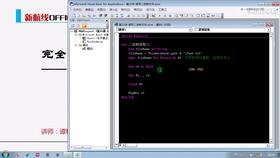Step files, also known as STEP files, are a type of file format that is widely used in the field of computer-aided design (CAD). These files are used to store and exchange 3D design data, making them an essential tool for engineers, architects, and designers. In this article, we will delve into the details of step files, exploring their uses, formats, and the software required to open and work with them.
Understanding STEP Files

STEP files are based on the Standard for the Exchange of Product Model Data (STEP), which is an ISO standard for the exchange of product data. This standard was developed to ensure that 3D design data can be shared between different software applications without loss of information. STEP files can contain a wide range of information, including geometric models, assembly relationships, and product definitions.
There are several versions of the STEP standard, with the most commonly used being STEP-203 and STEP-214. The version of the standard used will depend on the complexity of the design and the requirements of the software application.
Uses of STEP Files

Step files are used in a variety of industries, including aerospace, automotive, and manufacturing. Some common uses of STEP files include:
| Industry | Use |
|---|---|
| Aerospace | Design and analysis of aircraft components |
| Automotive | Design and manufacturing of car parts |
| Manufacturing | Exchange of design data between different departments |
| Architecture | Design and visualization of buildings |
Opening and Working with STEP Files

There are several software applications that can open and work with STEP files. Some of the most popular include:
- SolidWorks
- Autodesk Inventor
- Siemens NX
- PTC Creo
These software applications provide a range of tools for working with STEP files, including the ability to view, edit, and manipulate the 3D models. Some applications also offer advanced features, such as the ability to perform simulations and analyses on the models.
Converting STEP Files
In some cases, you may need to convert a STEP file to another format, such as IGES or STL. There are several software applications that can perform this task, including:
- Siemens NX
- PTC Creo
- Autodesk Fusion 360
When converting a STEP file, it is important to ensure that the conversion process maintains the integrity of the original data. This may require using a high-quality conversion tool and carefully checking the converted file for errors.
Conclusion
Step files are an essential tool for engineers, architects, and designers who need to share and exchange 3D design data. By understanding the uses, formats, and software required to work with STEP files, you can ensure that you can effectively use this powerful file format in your work.






